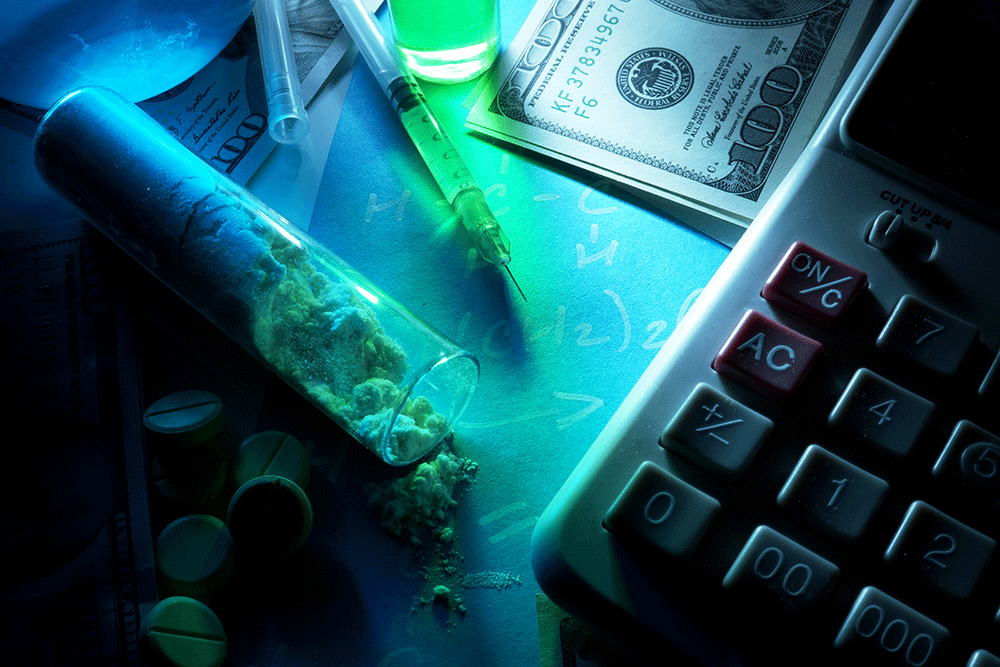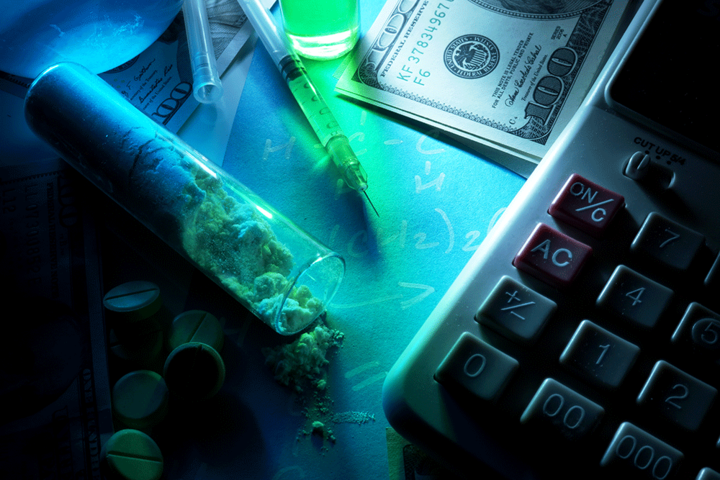overdose and possibly death. These variables are especially dangerous to new users who may lack “safer” connections.
Isaacson said illicit heroin is “very problematic” because it is often cut with fentanyl, which is 40 times more potent than heroin, making a minuscule amount potentially lethal.
“A lot of heroin currently being used is tainted with other opiates and synthetic opiates like fentanyl and carfentanil,” Isaacson said. “The people buying heroin, they don’t really know what they’re getting. A lot of these deaths are from people getting heroin that’s tainted with other opiates much more potent and are proving to be deadly.”
SAMHSA’s response
According to Ahadpour, “the majority of people who are on opioid medications for pain, [are] not misusing it.”
However there is “a group of people that have misused opioid pain medications,” she said. “You have to also keep in mind that although there is research indicating that prescription opioid misuse is a risk factor for future heroin use, only about four percent of individuals with opioid use disorder have transitioned to heroin use after five years of initiating. The number is small, but it is still a concerning number.”
She added: “It’s important to educate the public to not share your medication, or if you have opioid pain medication, lock it up. It shouldn’t be accessible to anyone else. I think that’s important, and if you have medications that you were prescribed that you don’t need [anymore, there are] take-back programs that you can give back your medications for it to be destroyed. Don’t have them lying around the house.”
The consequences
A 2016 National Heroin Threat Assessment Summary by the DEA stated that the threat presented by heroin in the United States is severe and has increased since 2007.
Heroin is now more accessible, used by a larger number of people, and is causing an increasing number of fatal overdoses. In 2014, 10,574 Americans died from heroin-linked overdoses, which is more than triple the amount in 2010.
The threat assessment also stated that an “increased demand for, and use of, heroin is being driven by both increasing availabilities of heroin in the U.S. market and by some controlled prescription drug (CPD) abusers using heroin. CPD abusers who begin using heroin do so chiefly because of price differences.”
Drug trafficking organizations are business men, Isaacson said, and “they’re going to try to take advantages of those situations. If they know there’s heroin or opiate addiction on the increase, of course, they’re going to try to make money and profit off of other’s misery.”

















